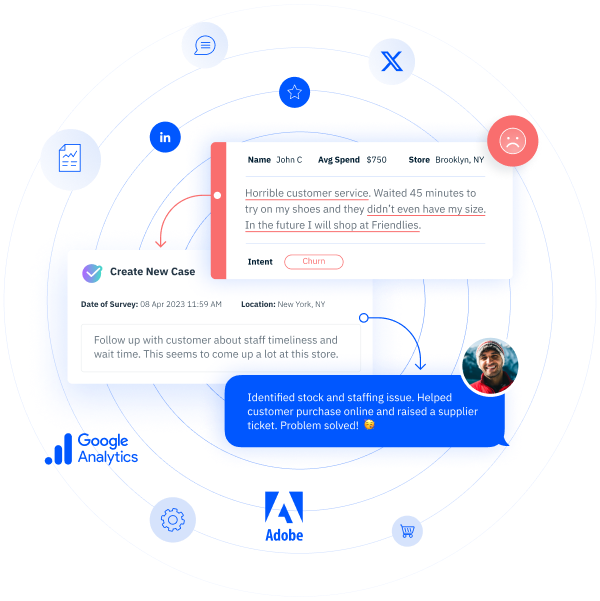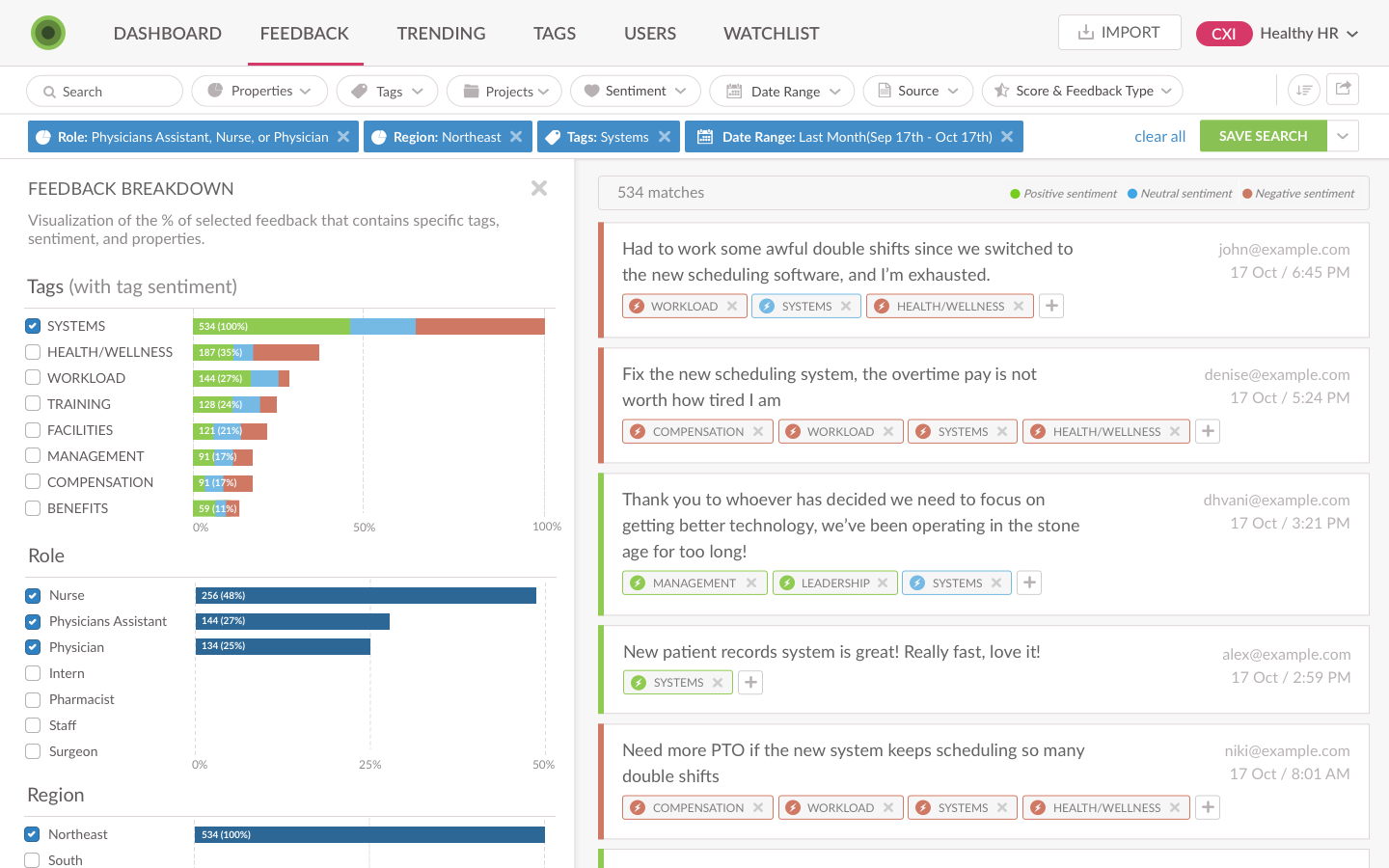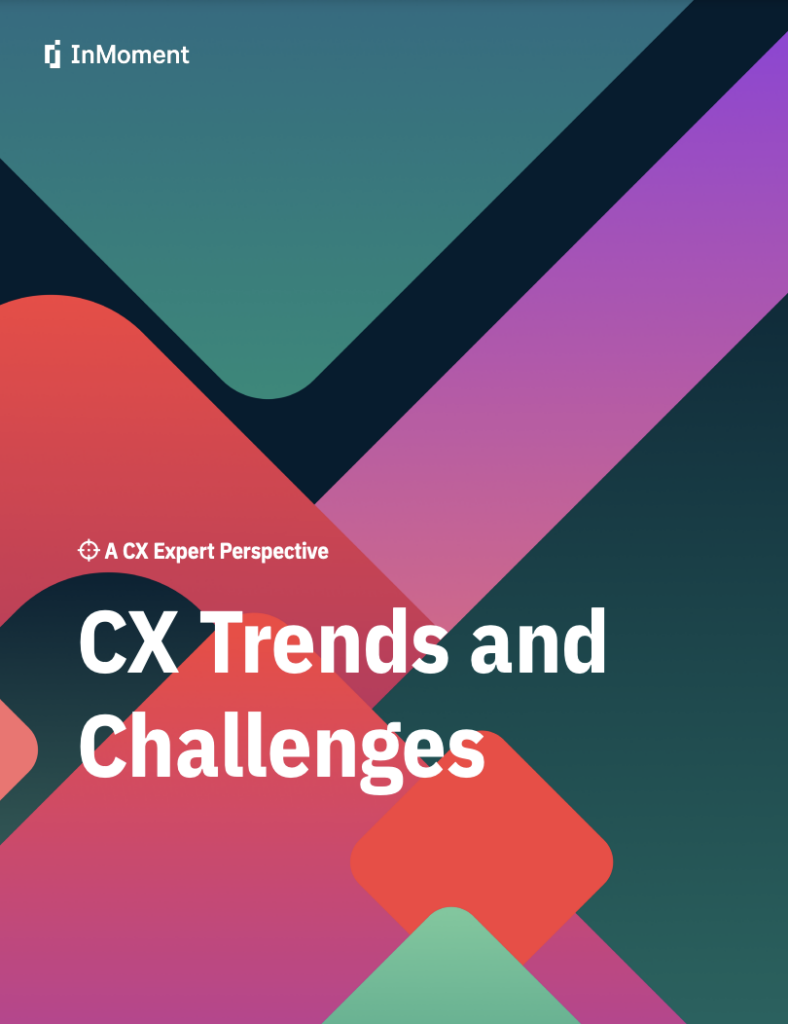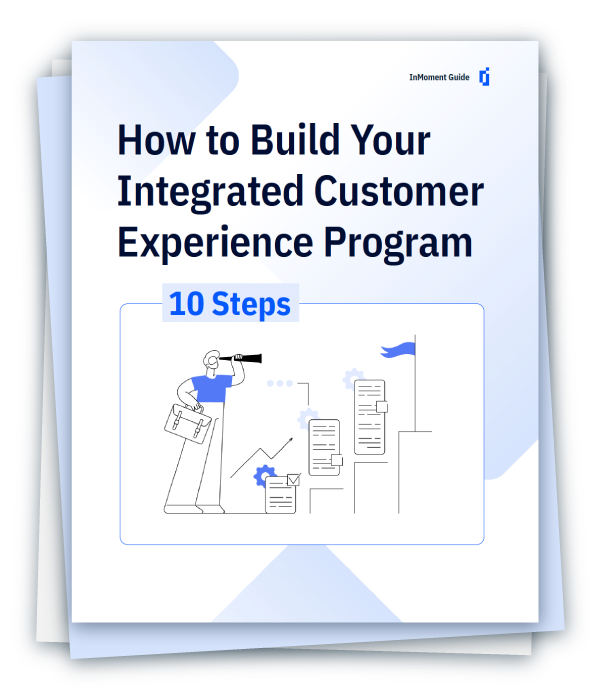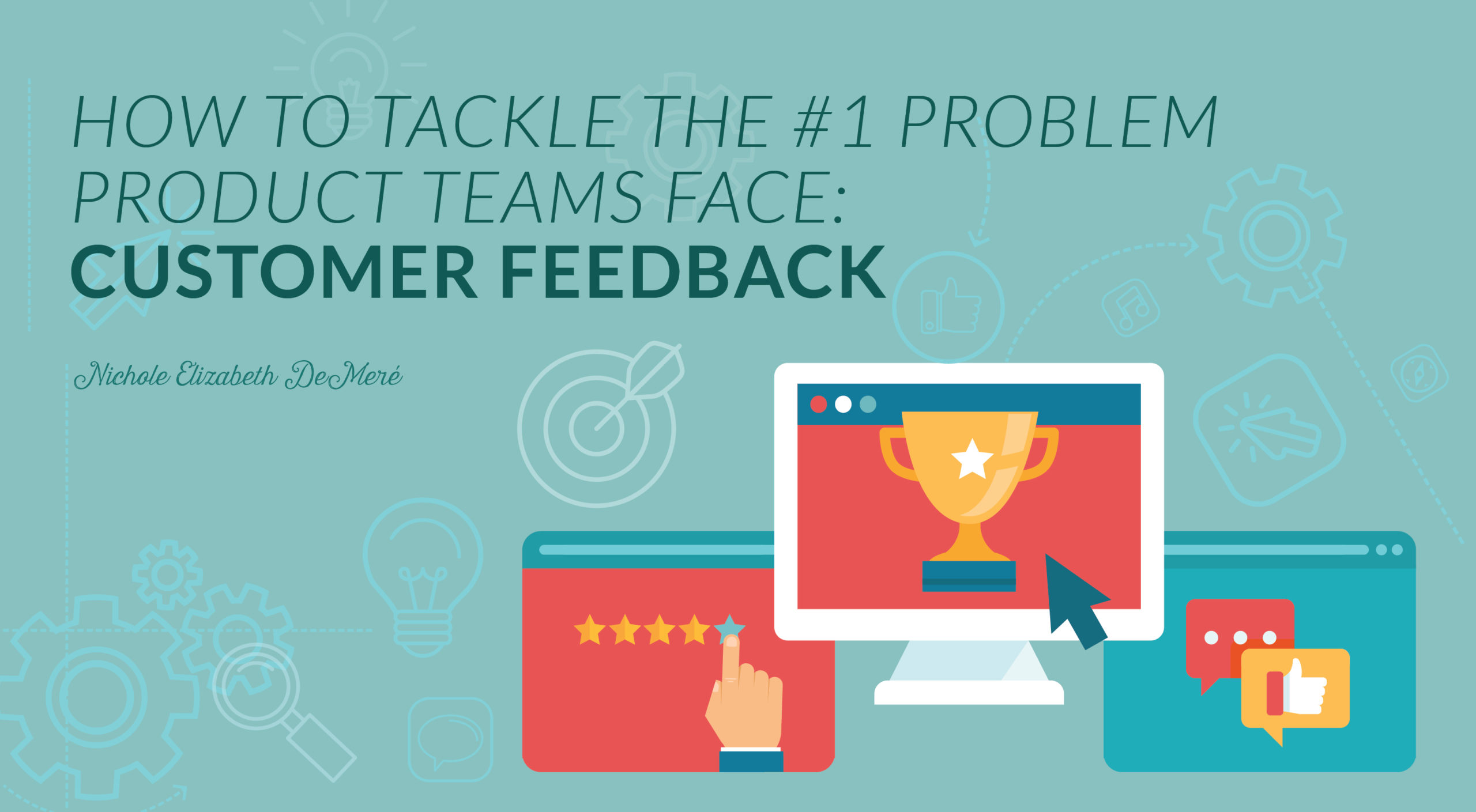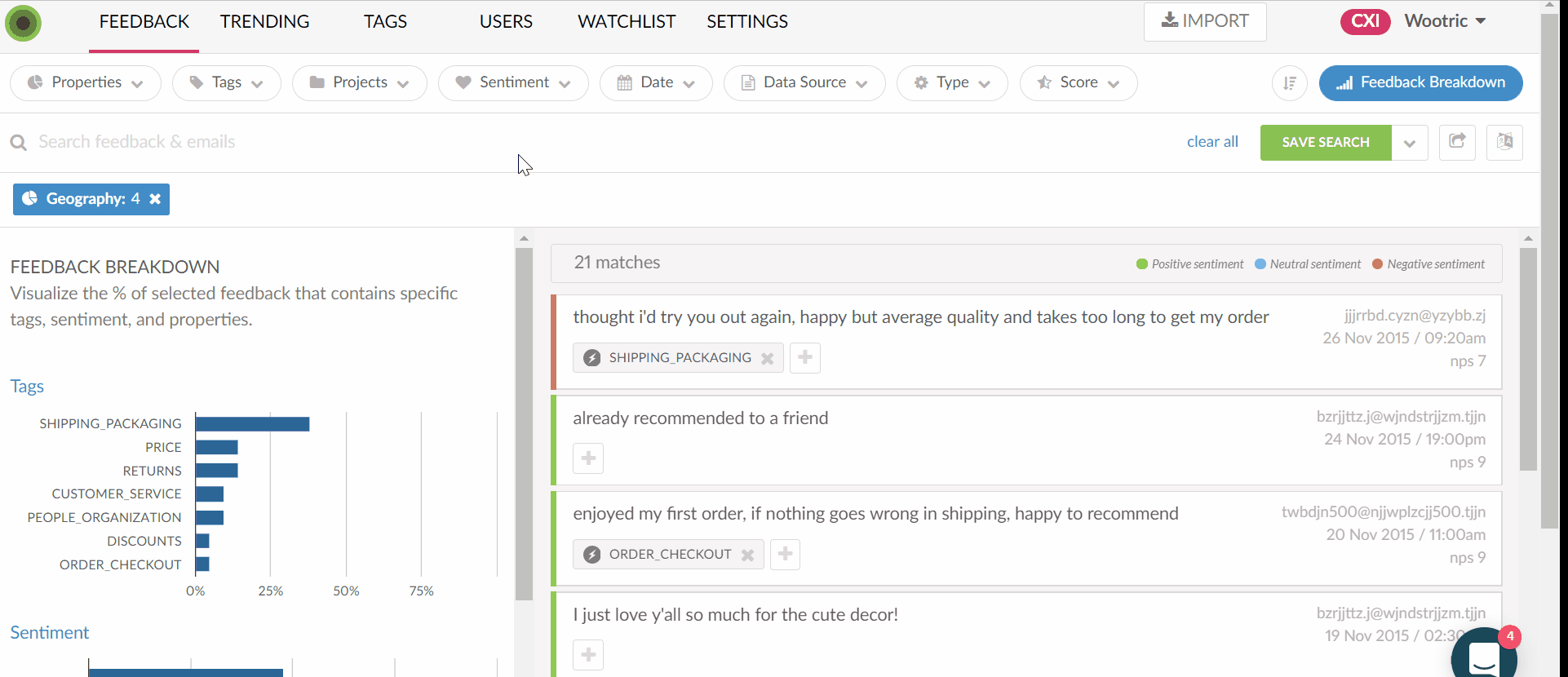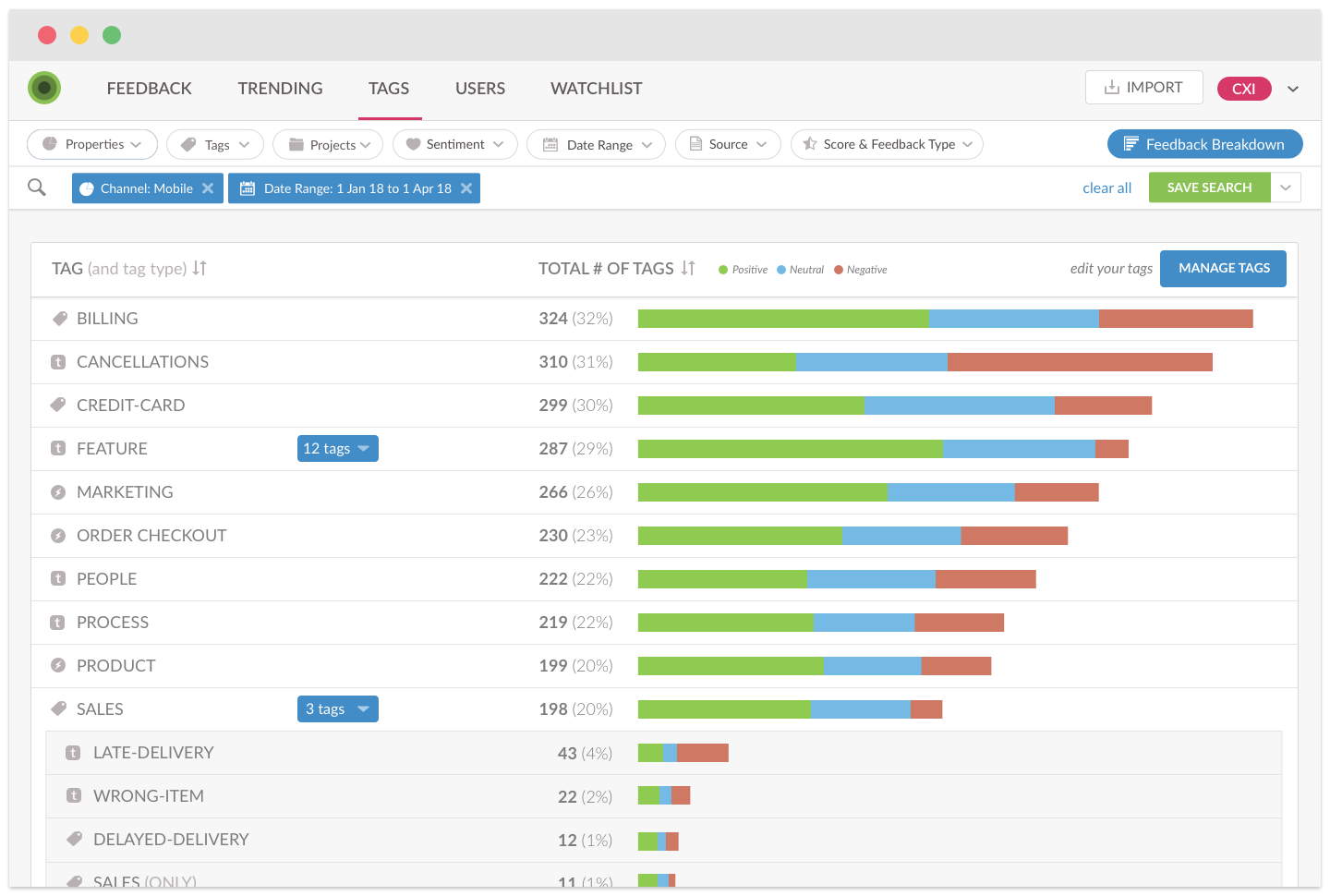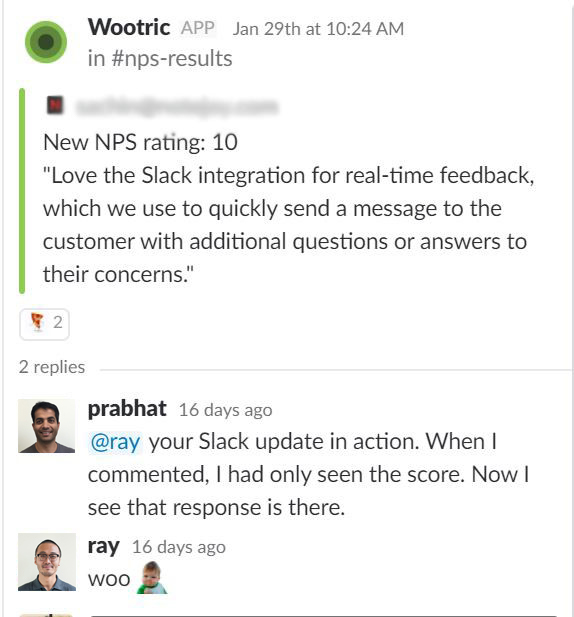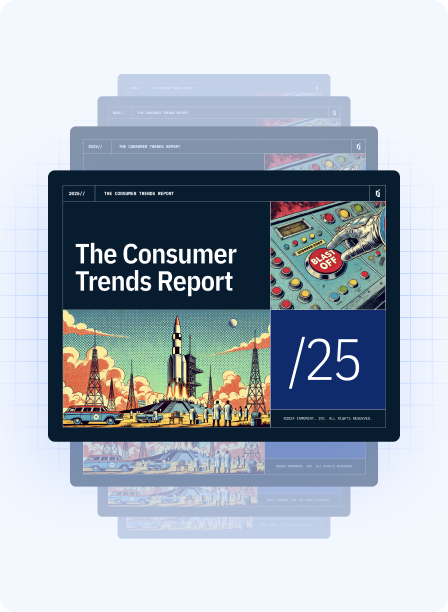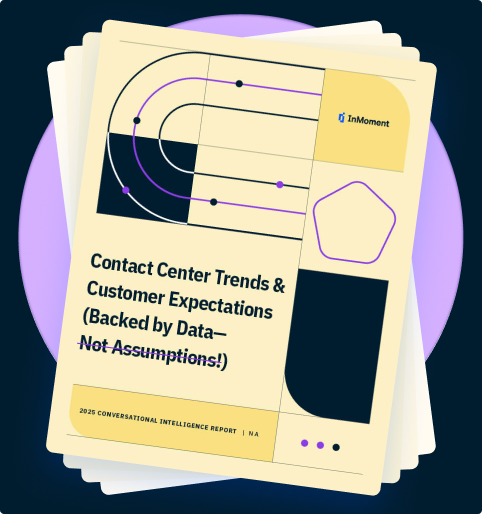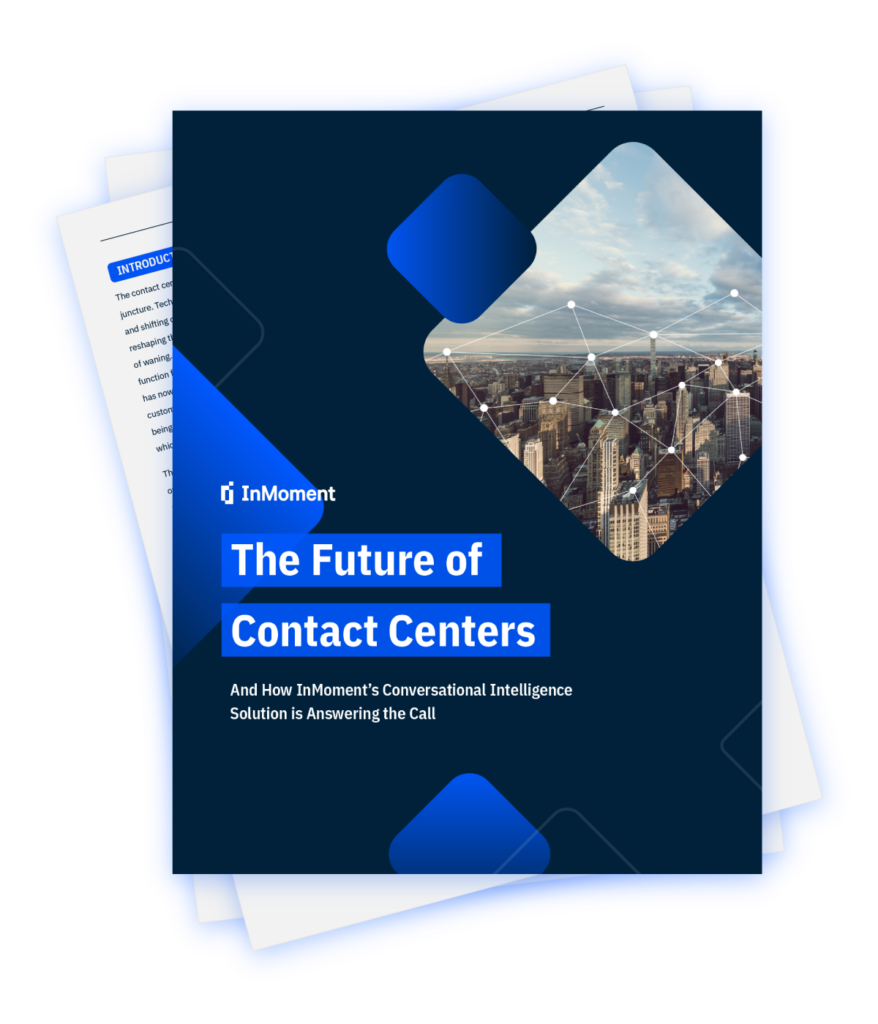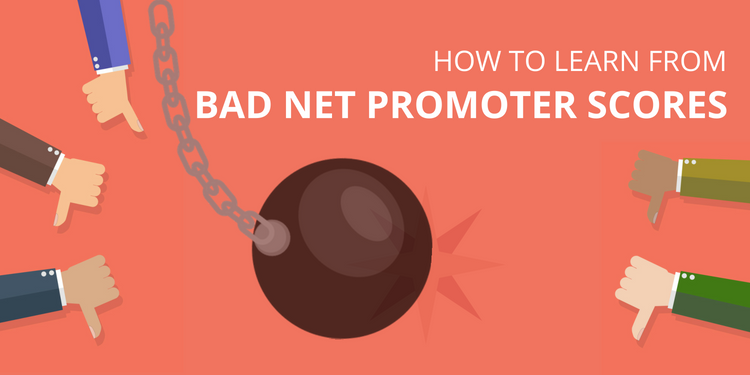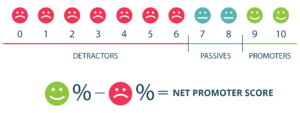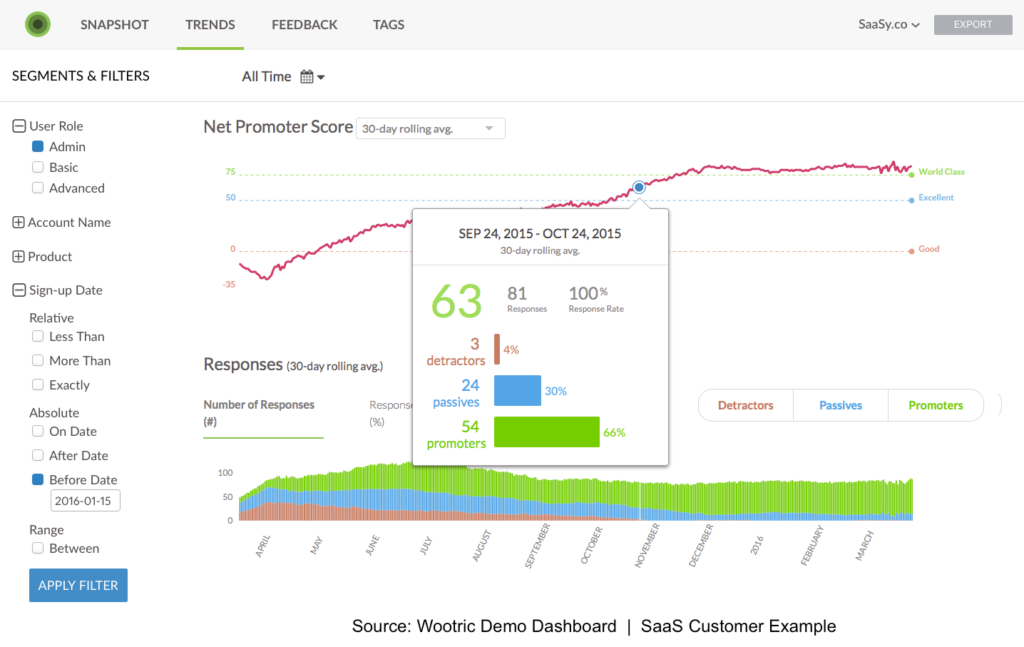Earning (and Destroying) Customer Loyalty: Retail CX Trends You Need to Know
I’ve heard a lot of CX and marketing pros declare the old-school type of loyalty -- “faithfulness to which one is bound by pledge or duty” according to Merriam-Webster -- is dead. We wanted test this assumption while also exploring whether there might just be more complexity to customers’ commitments.
Last week, I covered findings from InMoment’s 2018 US Retail CX Trends Report that discussed how brands can earn their customers’ trust. This time I’ll delve into the second theme: Loyalty.
I’ve heard a lot of CX and marketing pros declare the old-school type of loyalty — “faithfulness to which one is bound by pledge or duty” according to Merriam-Webster — is dead. We wanted test this assumption while also exploring whether there might just be more complexity to customers’ commitments.
We started by asking about the object of consumers’ loyalty: do they feel more connected to brands, or to they tend to gravitate to specific products or services?
More than half of consumers gave a mixed response, saying that it depends on the brand or product/service. Slightly more (26 percent versus 21 percent) of customers said they tend to feel more loyalty to brands versus products. Millennials were the most definitive group, with 30 percent saying they feel loyal to brands.
For retailers, this is a critical distinction. Consumers are loyal to what and where they find value. Brand-level loyalty may be more about lifestyle or aspiration, while fealty to specific products may be more about efficacy. Of course there are products that have achieved near-brand status like iPhones that probably combine both motivators.
Knowing why customers commit can inform an incredible range of business activities, from brand messages and new product development, to demand generation campaigns and experience design.
The next topic we looked at round loyalty is how and why it develops, anas well as unravels.
The data revealed that for both scenarios, it’s a journey. The large majority of shoppers — 80 percent — said they “grew to love” a brand over time; the cumulative effect of great products, service, buying experiences, positive reviews and recommendations from others. Fifteen percent experienced “love at first sight,” and 7 percent committed after a glowing recommendation from a trusted source.
When it comes to breaking up with a brand, nearly two thirds (58 percent) of US consumers said it takes several “really bad” experiences in order to make the hard choice to leave; with 34 percent saying it’s more a matter of “growing apart” as they experienced a gradual decrease in what was special. Just 19 percent of customers said they only give a brand one chance to fail before they leave.
So what does this mean? Brands shouldn’t get too comfortable, though. While the research demonstrates that today’s retail customers can be quite loyal, there’s a limit to their commitment. Nearly 50 percent of customers say they’ve left a brand to which they were loyal to go to a competitor that is better at meeting their needs. Failing to stay relevant will accelerate the exit of even your most loyal customers.
For those fortunate brands that achieve loyalty status with their customers, the benefits are tangible and significant.
- Long-term Relationships: A whopping 77 percent of consumers say they’ve held relationships with specific brands for 10 or more years. This is even true of 60 percent of Millennials, despite being relatively young.
- More, More, More: 61 percent of loyal customers go out of their way to buy from them, and 60 percent will make more frequent purchases (that number rises to 70 percent among Millennials); 50 percent will purchase more products.
- Tell a Friend: 75 percent of loyal customers will recommend a brand to friends and family.
Because we’re in the business of customer feedback, we also wanted to know how loyalty affects customers’ willingness to share data generally, and their feedback about their experience specifically. Here’s what the data revealed: Customers who feel high levels of trust and loyalty are significantly more likely to share ratings (in the 90 percent range for both) and detailed commentary (both exceeded 70 percent) about their experiences. A good number (30%) are also willing to hand over personal data (name, age, location, etc.), and 41% are up for sharing their purchase data (how much, what, where) with trusted brands.
While these numbers aren’t astronomical, they’re an important place to start. Establish trust first, and then deliver consistent value over time. It’s a long and complex road, but one brands must travel if they expect savvy customers to had over something they realize is precious.
To learn more about the latest retail CX trends,—including more statistics from our study on consumer loyalty—download the full report: “2018 Retail CX Trends: Trust and Loyalty in the Experience Economy”
